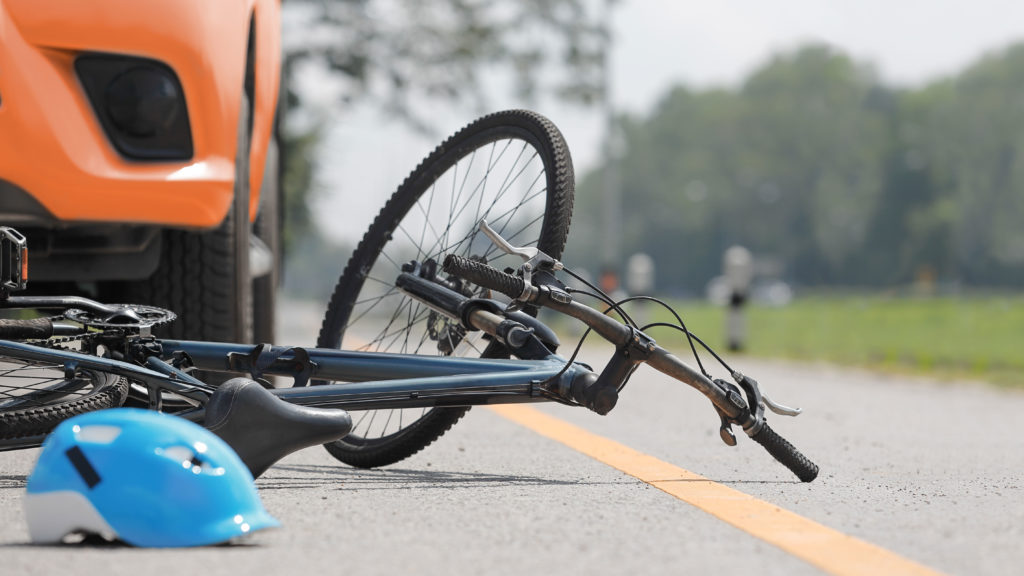According to recent data, approximately 2% of deaths from motor vehicle crashes in the United States are bicyclists. Proving negligence in an accident is tricky, especially when the prospective collision involves a bicycle and a car.
We ought to take into account traffic regulations, sight, and circumstance. Determining who’s at fault if a bike hits a car may include the irresponsible behavior of the driver and the condition of the road or the absence of signs.
Who can be at fault when a bike rams into a car? Let us see.
Understanding Traffic Laws and Regulations
The cyclist and the motorist must know traffic laws and regulations in driving a car or riding a bike. They must stop for traffic signals, ride in marked lanes, and give turn signals. Car drivers need to always exercise caution near bike lanes and intersections.
Road safety is the shared responsibility of both parties. By bearing one another’s rights and duties, we create an agreeable and harmonious atmosphere where everybody can be safe. Take note that each state has their own rules and regulations when it comes to driving a car and a bicycle. For example, under Oklahoma traffic laws, bicyclists have the same rights as cars. Motorists must not pass bicyclists too closely or drive recklessly around them.
Factors Influencing Liability
The question of fault in a bicycle-car collision is answered with the help of some significant factors. Liability is determined based on what the cyclist and the driver did before the occurrence of the accident.
1. Adherence to Traffic Laws
Whether both parties abide by traffic law is the most vital element in determining fault. Did the cyclist respect traffic lights and stop signs? Did the car fail to yield when it had to? Failure to abide by the rule will determine liability.
2. Visibility
There is the issue of visibility. Did the driver or cyclist have any objects, signs, or trees in their way? Dark conditions, obstructed views, and any other problem concerning visibility might be enough to establish fault in an accident.
3. Location of the Accident
Where the accident occurred also counts. Was the collision at a busy intersection? Was the area poorly lit? Were the bike lanes adequately signed and free from any kind of obstacle? Bicycle lanes are placed for bicycle riders, and if cars failed to follow the rules, they are more likely to bear the higher responsibility.
4. Speed
The speed at which the accident was caused can affect the assessment of liability. The faster and more severe the crash, the more likely participants will act recklessly. High speeds limit the margin for error, thus making the accident severe.
The Role of Insurance in Accident Claims
As a precaution, having insurance coverage can ensure that your injuries are treated immediately after an accident. It also covers property damages after determining who is liable. Local groups for cycling can be a source of good advice and support if you’re a cyclist who has been involved in an accident.
You can also hire a lawyer if you think that you’re not at fault and that you are the one who needs to be compensated by the liable party.
Legal Implications and Next Steps
In all bicycle-car accidents, remember that the law has its consequences before starting any type of procedure.
The evidence you will have to collect includes photographs, witness accounts, and information about the scene of the accident, the time, and the state of the road. Contact your insurance agent and report the incident to be advised on how to claim your medical expenses as well as damages to your property.
An attorney will be useful in helping you understand your rights, options and responsibilities.

